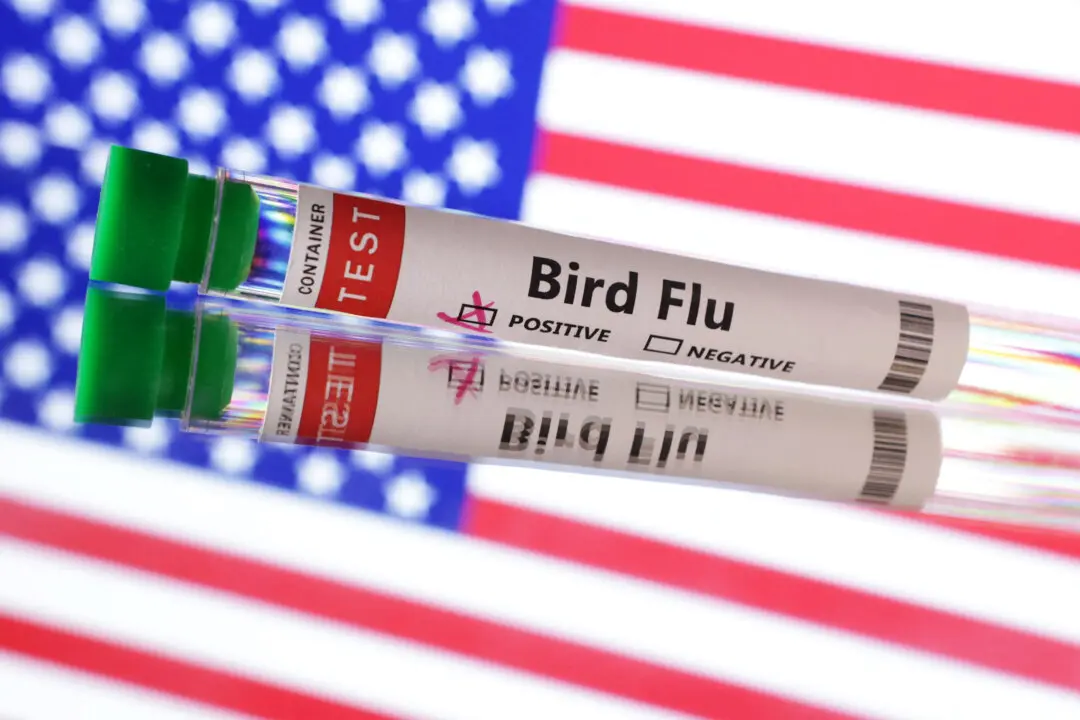BEIJING—Chinese buyers scooped up at least 20 cargos of Brazilian soybeans last week due to uncertainty over a trade deal with the United States that sent them rushing to lock in supplies, traders said on Nov. 25.
Importers also jumped on the new crop Brazilian beans because of attractive margins, said two traders who declined to be identified.





